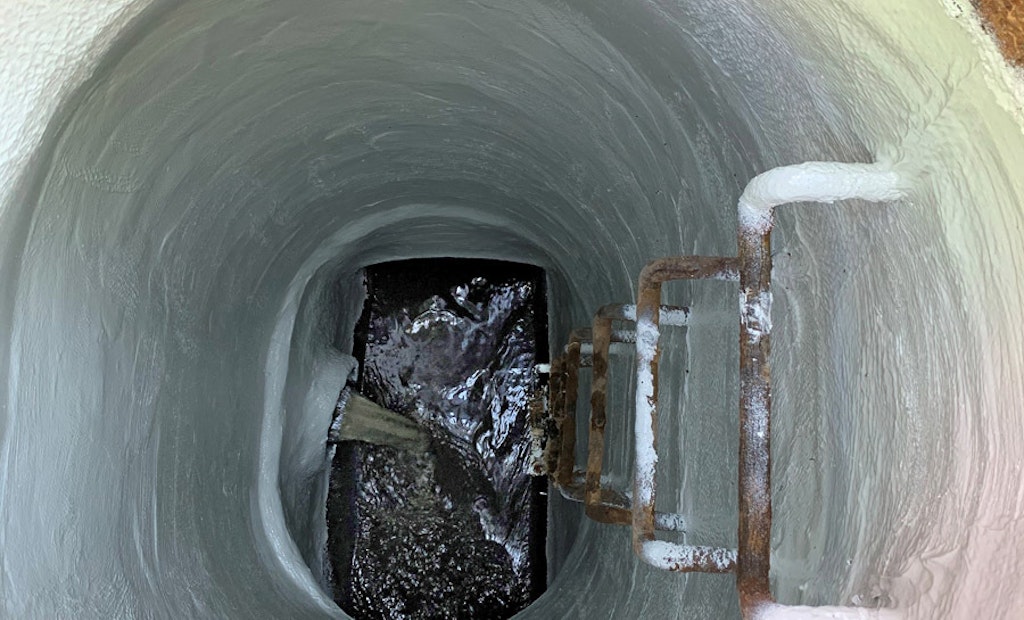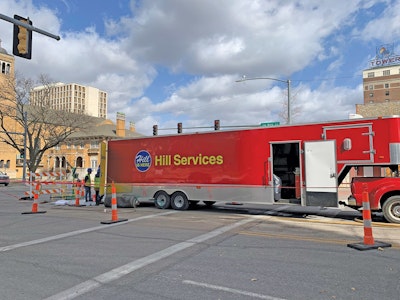
The Topeka project included several significantly corroded brick manholes and concrete junction boxes. Leaks were sealed and concrete repairs made using Epoxytec’s Mortartec Ceramico, a hybrid cementitious epoxy mortar. Then CPP Sprayliner was applied to a thickness of 125-200 mils.
Topeka, Kansas, has approximately 760 miles of sanitary sewers, and despite a proactive approach to maintenance, the inevitable deterioration of certain infrastructure assets is still a problem. Like many other cities, Topeka perennially faces the common problem of manhole damage...






